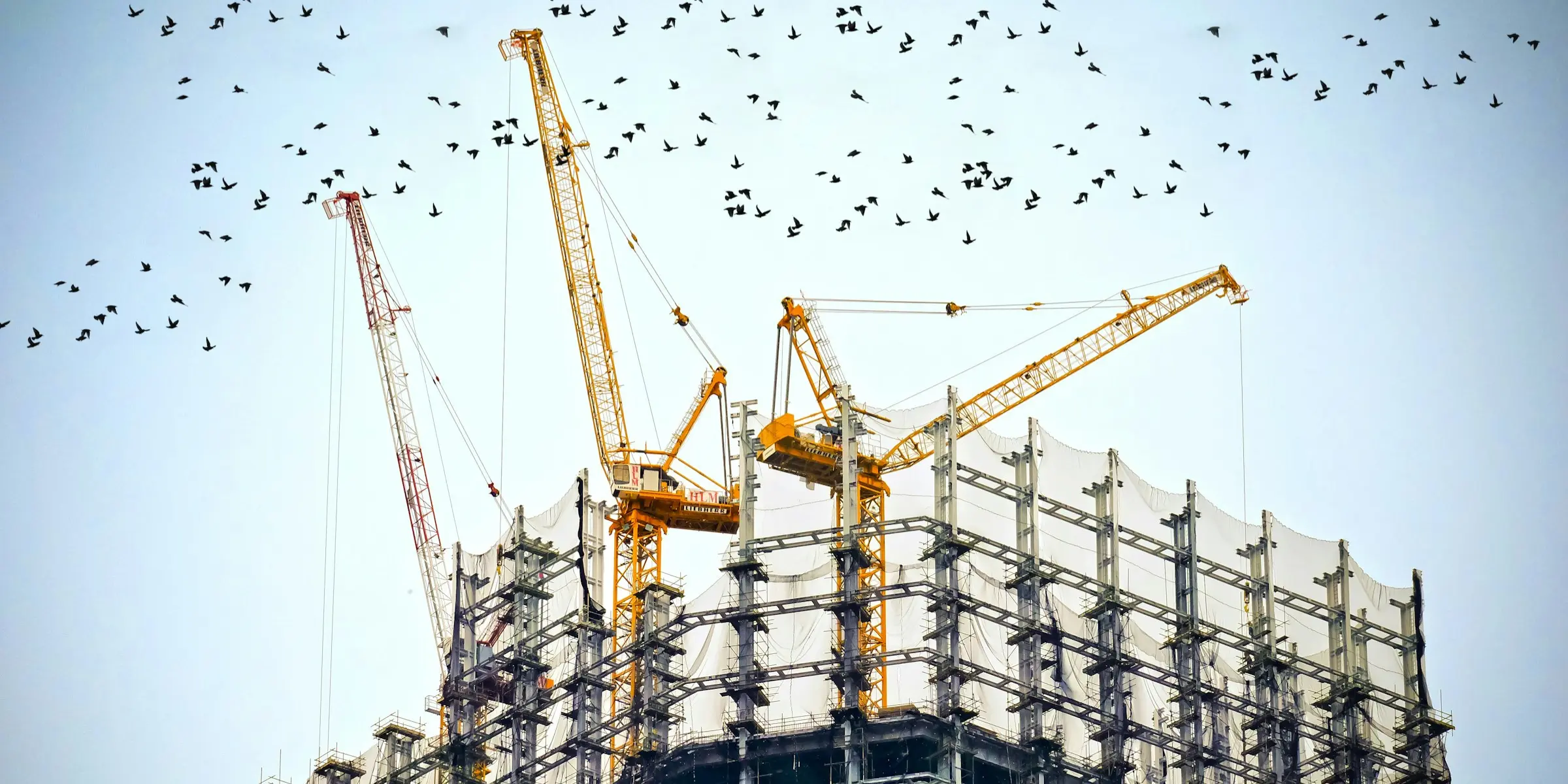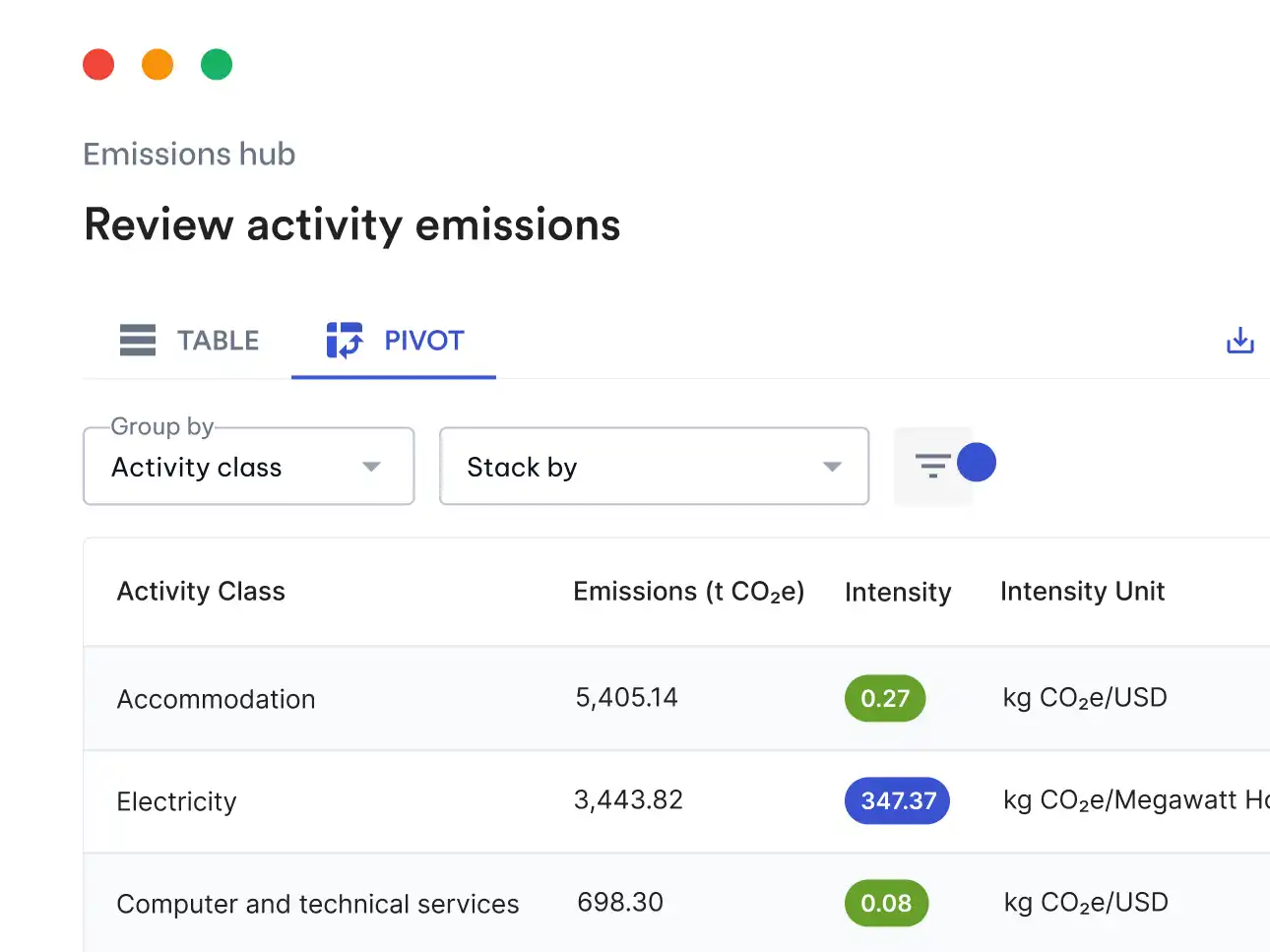With the Australian Sustainability Reporting Standards (ASRS) now in effect, construction companies are under growing pressure to disclose carbon emissions across their entire value chain. While the sector has long focused on operational emissions from fuel and electricity use, the real challenge lies in understanding and accounting for Scope 3 emissions, particularly embedded emissions in materials like steel, concrete, and glass.
Construction is one of the most emissions-intensive industries globally, and governments, investors, and clients are pushing for greater transparency. For construction firms bidding on infrastructure projects, commercial builds, or government tenders, carbon reporting is becoming central to winning work and staying compliant.
Why Scope 3 is rising to the top
Historically, construction firms have focused on their Scope 1 and 2 emissions: fuel burned on-site, electricity use, and owned vehicles. But for most companies, these emissions represent a small fraction of their overall carbon footprint. The majority is tied up in Scope 3: materials purchased, services subcontracted, and upstream supply chain activities.
This is where embedded emissions come into play. Steel, cement, aluminium, glass, and other construction materials have high embodied carbon. These emissions occur during manufacturing and transport, long before a single piece of material reaches the building site. For projects aiming for carbon neutrality or Green Star certification, ignoring these emissions is no longer an option.
The challenge is that these emissions are often hidden in supplier tiers, inconsistent data formats, or procurement systems not built with carbon in mind. That’s where many construction companies get stuck. They know embedded emissions matter, but they don’t yet have the visibility or tools to map them accurately.
Regulations and reporting are moving fast
With the ASRS aligned to international standards such as the ISSB’s IFRS S2, construction firms operating in or servicing the Australian market are required to disclose climate-related risks, including Scope 3 emissions. These disclosures need to be robust, auditable, and grounded in data, not assumptions.
The ripple effect is already being felt. Government agencies and large developers are embedding emissions requirements into procurement processes, expecting contractors and suppliers to quantify embodied carbon and demonstrate emissions reduction strategies. This trend will only accelerate as regulators and clients demand greater accountability throughout the project lifecycle.
Firms that ignore these shifts risk being locked out of projects, or exposed to reputational and financial risk if reporting fails to meet evolving expectations.
Opportunities beyond compliance
Despite the complexity, better carbon data creates real commercial opportunities. Construction companies that can track and reduce embodied emissions are more competitive in bidding processes, particularly for green buildings, infrastructure, and government-funded projects.
It also opens up access to sustainability-linked finance. Lenders and investors are increasingly offering better terms to companies that can demonstrate decarbonisation strategies and credible data to back them up. This is especially relevant for vertically integrated construction firms with property development arms or public-private partnerships on major infrastructure.
Most importantly, understanding emissions at the material and project level helps construction firms make better decisions, such as choosing lower-carbon alternatives, working with sustainable suppliers, and avoiding design decisions that lock in long-term emissions. This shifts sustainability from a reporting requirement to a strategic advantage.
How construction firms can get started
The first step is gaining visibility. Many construction companies still rely on basic spreadsheets, outdated emission factors, or incomplete supplier data to calculate emissions. This leads to gaps, inconsistencies, and a lack of confidence in reported numbers.
Platforms like Avarni can help by streamlining Scope 3 data collection across suppliers and spend categories. By using machine learning to rapidly map procurement data against emissions factors, Avarni enables construction companies to see where their biggest emissions lie, including embedded carbon in purchased materials and subcontracted services.
This kind of analysis helps companies focus their efforts, whether that means engaging key suppliers, choosing alternative materials, or setting data-backed reduction targets across projects. It also ensures that disclosures meet evolving regulatory requirements and withstand audit scrutiny.
Summary
- The ASRS require construction companies to disclose Scope 3 emissions, including embedded carbon in materials and services.
- Most of the sector’s emissions lie in purchased goods and subcontractor activities, not in direct site operations.
- Regulatory and client-driven expectations are shifting rapidly, with embodied carbon emerging as a key metric in tenders and disclosures.
- Companies that can quantify and reduce emissions across the value chain will gain a competitive edge and unlock financing opportunities.
- Avarni supports construction firms with automated, accurate Scope 3 insights to help meet compliance requirements and drive low-carbon decision-making.





